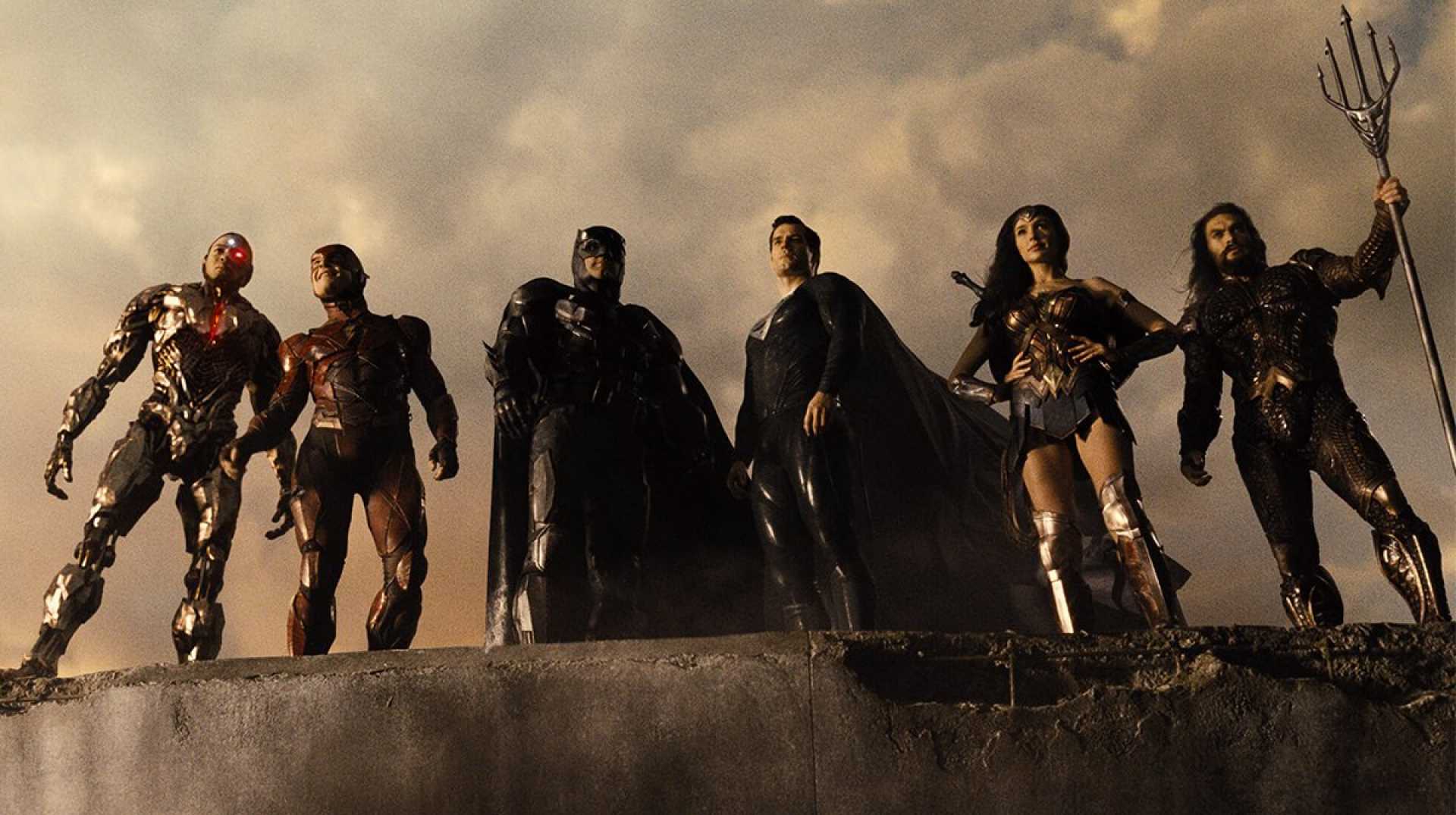Entertainment
The Troubling Journey of Zack Snyder’s Justice League Revealed

BURBANK, Calif. — The saga of Zack Snyder‘s Justice League highlights the intense conflict between a director’s artistic vision and a studio’s commercial interests in modern filmmaking. What was meant to be the climax of DC’s cinematic universe became mired in behind-the-scenes turmoil that reshaped fan culture.
Zack Snyder, the key figure in the DC Extended Universe (DCEU), began his journey with 2013’s Man of Steel and continued with Batman v Superman: Dawn of Justice in 2016. While Snyder’s dark and mythological approach contrasted sharply with the lighter tone of the Marvel Cinematic Universe, Warner Bros. grew concerned about his films’ divided reception. Before Justice League even began filming, the studio pressured him for a lighter tone and shorter runtime, marking the first of several compromises.
Snyder completed principal photography, but tragedy struck in March 2017 when his daughter, Autumn, died by suicide. Distraught, Snyder stepped away from the project and expected the studio to complete his work. Instead of doing so, Warner Bros. hired Joss Whedon to drastically rework the film. Whedon’s changes included extensive reshoots aimed at introducing humor and removing complex story elements.
The 2017 release, a patchwork of Snyder and Whedon’s styles, was met with harsh criticism from audiences and failed at the box office. Allegations from cast members, particularly Ray Fisher, painted a troubling image of Whedon’s workplace conduct, leading to accusations of a toxic environment.
Despite the backlash, fans rallied under the hashtag #ReleaseTheSnyderCut, transforming a niche request into a worldwide movement. Finally, in 2020, Warner Bros. announced it would provide Snyder with a $70 million budget to complete his vision.
The result, Zack Snyder’s Justice League, debuted in 2021 as a four-hour epic that restored the original narrative depth and character arcs. The film was well-received by fans and critics alike, marking a rare triumph for artistic integrity against studio interference.












